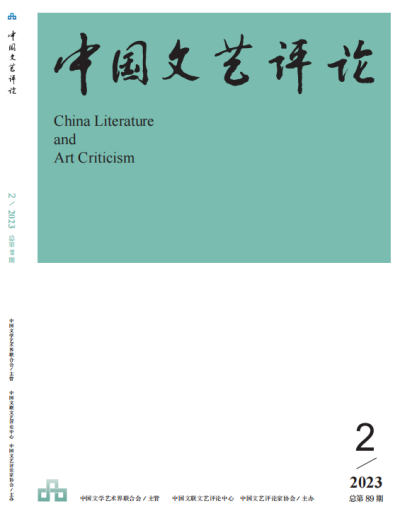
Special Topics: Dialogue between Aesthetics and Art
■On the Transition of Aesthetic Research from an "Aesthetics of Literature and the Arts" to an "Aesthetics of the Arts"(PP. 4-14) GAO Jianping
Abstract: Ever since its inception, the discipline of aesthetics has been closely related to art studies, and was at the core of the latter for a very long period. As a result of the rendering of the discipline's name in Chinese characters (Mei Xue) in East Asia and the "Great Discussion on Aesthetics" in China in the 1950s, the study of the "essence of beauty" has taken a central place in Chinese aesthetics. The introduction of an "Aesthetics of Literature and the Arts" in the 1980s constituted an important complement and adjustment to this status of research, achieving a positive effect in both the advancement of aesthetic research and the aesthetic turn in the studies of literature and the arts. In the present situation, while art studies have undergone great progress, they have also shown a tendency to detach from aesthetics. In order to foster the advancement of art theory studies in current times, it is vital to strengthen the combination of aesthetics and art studies as well as encourage an "Aesthetics of the Arts".
Keywords: Aesthetics, allgemeine Kunstwissenschaft, Aesthetics of Literature and the Arts, Aesthetics of the Arts
■The Aesthetics of Literature-Art:An Original Term and Its Complex Relations in China's Interactions with the World(PP. 15-27) ZHANG Fa
Abstract: The Aesthetics of Literature-Art is an original Chinese academic term coined after China's economic reform and opening-up to the outside world. It is built on the two newly created vocabularies "literature and art" and "aesthetics" emerged during China's interactions with the world at the beginning of its modernity. Literature and art is the result of the interaction between literature-centered Chinese art system and Western art system which takes art as its core. Aesthetics is the result of the interaction between Chinese beauty embodied in the universality of the world and Western beauty embodied in typical art. This term has two trends: literature and art as the integrity of art and literary aesthetics as the art of literature. The Aesthetics of Literature-Art is embodied in two directions: the aesthetics of literature as a discipline and literature and art as the institutional structure. The further evolution of literary aesthetics would be firstly in the definition of literature. Different from the definition that literature is the superstructure and ideology before China's reform and opening-up, literary aesthetics defines literature from the perspective of aesthetics and its definition of literature developed from literature as a reflection of aesthetics to the essence of literature as a unique characteristic of literature as well as to aesthetics as a sort of aesthetic ideology. The second is the two directions of literature and art studies: literary studies and cultural studies. Literary studies mainly focus on aesthetic ideology, and cultural studies are related to the universality of beauty. The Aesthetics of Literature-Art, like the previous literary art and aesthetics, and the later aesthetic ideology, has the characteristics of incomprehensible superficial logic and outstanding in-depth theoretical rationale. These characteristics are the result of the interaction between the virtual-real relational structure of "using samples to elaborate on the shared meaning of a category of synonyms and using comparisons to interpret the difference in the meanings of synonyms" in the Chinese language tradition and the Western languages' entity-distinguishing structure of being "clearly defined and logically consistent". The term "aesthetics of literature-art" contains and associates with rich historical and realistic content.
Keywords: The Aesthetics of Literature-Art, the interaction between China and the world, the unity of being illogical and logical
■The Attitude of Alliance to Other Fields:To Strengthen the Interactive Mechanism between Art and Aesthetics(PP. 28-37) HUANG Zongxian
Abstract: Exploring the productive relationship between art and aesthetics and their value to human beings, the present article points out the interaction between the two in their historical development. The commonality between art and aesthetics in terms of their values and mechanisms of operation is illustrated as "acting on the human mind and spiritual world" and "responding to realistic needs". In relation to the current development of Chinese art and aesthetics, this article argues, that the inheritance and development of Chinese art and aesthetics in the new era should improve and strengthen this mechanism of interaction between the two in terms of identity construction, cultivation models, disciplinary settings and Chinese theoretical discourse systems, with a view to assuming the responsibility of social criticism, cultural criticism and doctrinal construction.
Keywords:art-aesthetics, identity construction, productive mechanism, Chinese-style academic system
Chinese Literature and Art, 2022 (II)
■Internet Literature and Art in 2022: Chiseling the Road for Lighting up the Starry Sky(PP. 38-50) HU Jiangfeng, LIU Jia
Abstract: In 2022, Chinese internet literature and art maintained an elegant posture of facing difficulties calmly and steadily. The achievements of internet literature with realist themes were remarkable, while the internet film and television were full of network sense and whatever long or short story, focusing on the activation of traditional culture and the expression of the Chinese spirit. The online performance continued to be hugely popular. The construction of the internet literary and art system was progressing steadily and the development mode of cross-media narration and diversification was gradually maturing. Literary and art criticism was gathering great power. When observing the current cyber literature and art, we should not only attach importance to the realist themes, but also concern the realist character, thus realizing the cultural symptoms contained in the inflated style of "crazy literature", "epidemic literature", "nonsense literature", establishing an effective connection in the communication of internet literature and art, and getting rid of the gaslighting effect.
Keywords:internet literature and art, internet literature and art criticism, elegant, network sense, connectivity, gaslighting
■Folk Literature Studies in 2022:Returning to Literature and Exploring Contemporary Values(PP. 51-62) MAO Qiaohui
Abstract:In 2022, fruitful achievements were made in the study of folk literature. There was not only macroscopic thinking about the construction of disciplines, but also in-depth interpretations of individual cases in different regions and groups. Some achievements have been made, especially in the fields of text research, reflection and discussion on the literariness of folk literature, sorting out local academic discourse and exploring the contemporary value of folk literature. Of course, there were also some shortcomings and deficiencies. Although it is difficult to lay out all the research results, the overview of these fields of study shows the innovative development of folk literature in 2022 on the basis of adhering to the research paradigm of the discipline.
Keywords: folk literature; text; literariness; local academic discourse; contemporary value
■Calligraphy in 2022: Pen and Ink Should Keep Pace with the Times(PP. 63-73) LYU Wenming
Abstract: In 2022, Chinese calligraphy focused on important issues such as theme creation, talent team, connotation development and discipline construction. Also, it concentrated the efforts on changing the direction of calligraphy development, enhancing its academic level and social influence, which further demonstrates the true essence that calligraphy should keep pace with the times. Among all the issues, the combination of the national and social development in calligraphy exhibitions are emphasized, and calligraphic creation consciously returns to tradition, to classics, and to nature. It has become an important development trend of the emphasis on character and learning in calligraphers' circles. Calligraphers should not only pay attention to the improvement of personal professionalism and cultural literacy, but also adhere to the people-centered creative orientation. The development of contemporary calligraphy should fully represent the values of the times, not only striving to explore the important value of ancient characters and calligraphy, but also emphasizing the standardization and accuracy of Chinese characters. Calligraphy has become a first-level discipline, which is the fortune of contemporary calligraphy. It shows that the status and influence of calligraphy have been further enhanced, while opportunities and challenges still co-exist. The future development of calligraphy should move towards the direction of culture rather than art.
Keywords: calligraphy in 2022, theme creation; personality, learning, first-level discipline
■Chinese Drama in 2022:Throes and Breakthrough(PP. 74-84) XU Jian
Abstract:In 2022, China's performance industry suffered from the most severe and complex prevention and control of COVID-19 since the epidemic started, experiencing various unexpected and unpredictable pressures and challenges. How to explore the path for the survival and development of drama in the uncertain situation, and how to enable the audience to feel the warmth and strength of the stage and theater during the strict epidemic prevention and control period were the realities. In 2022, China's drama workers depended on their perseverance, dedication and persistence, bringing confidence and hope to theatre market which was temporarily in a difficult situation. Actively responding to the new problems in special periods, Chinese drama continued to make efforts in different aspects, such as theme creation, novel adaptation, online performance, and expansion of performance channels. It overcame throes caused by the epidemic with wisdom and action, and left the exploration footprint of seeking innovation, progress and change with their respective fruitful and respectful artistic practices.
Keywords: theme creation, novel adaptation, online performance, Chinese drama, drama in 2022
Theoretical Exploration
■"Poetry-oriented" Is Not "Poetry High and Painting Low":A Further Exploration of the Relationship between Classical Chinese Poetry and Painting(PP. 85-94) YUAN Junwei
Abstract: There is a phenomenon of "Poetry-oriented" in the relationship between classical Chinese poetry and painting, which is to deal with the relationship between poetry and painting with poetry as the center. From the cultural level, it is a historical fact that poetry is in the high cultural position of Chinese art. "Poetic" has become the basis and standard of Chinese art and culture. Sometimes, "poetic" is even used as a pronoun for "emotional", so "poetic" is the artistic ontological concept of the subject dimension. From the artistic level, the relationship between classical Chinese poetry and painting is equal. Both the art of poetry and that of painting learn from each other's strong points and complement each other's weak points on their respective functional levels, and move towards the integration of poetry and painting. Therefore, good art works of poetry and painting have the functions of "freehand brushwork and realism", "landscape painting and lyricism", and there is no shortage. "The unity of poetry and painting" is the core concept of the relationship between classical Chinese poetry and painting. The phenomenon of "Poetry-oriented" does not hinder the equality of the relationship between poetry and painting at the artistic level, but consciously moves towards the development trend of "integration of poetry and painting" in the history of Chinese art.
Keywords: the relationship between poetry and painting, poetry-oriented, out of position, media function
A Probe into Literary and Artistic Creation
■Unexpected Pleasant Surprise in Aesthetics: Reading Pang Bai's Poems(PP. 95-99) YUN De
Abstract: As a media professional who has characteristic features of both northern and southern Chinese people, Pang Bai was not lost in fashion and vanity. Unexpectedly, he wrote tender poems with unique sentiments and brought forth a type of long-lost, completely poetic, and overwhelmingly intimate feeling. The poet is good at capturing images of all kinds of small objects around him, and can discover the true meaning of life hidden behind images of various objects in the trivial details of ordinary life. His poems are full of emotions and feelings, enabling readers to understand the philosophy of life in the blending of scenes. There are whimsical ideas in his poems from time to time, and the unique poetic beauty of Chinese language can be found through the poet's serene and quiet observation of life.
Keywords: Pang Bai, poetry, appreciation
■"Beauty of the Homeland" in Chinese Image Expression(PP. 100-110) WANG Chu
Abstract: The "beauty of the homeland" is one of the specific requirements put forward by General-Secretary of the CPC Central Committee Xi Jinping on "what should be shown" in the artistic expression of literary and art workers. Together with the "beauty of history" and the "beauty of culture", it constitutes the beauty of China in artistic expression. The "mountains and rivers" are both visual landscapes and cultural images of homeland and home villages, and they serve as a medium of expression for each other, as well as a cultural connotation of the "new mainstream cinema". Through the medium of the screen, the landscapes have become the voice of the Chinese spirit, Chinese ethos and Chinese culture. It is a poetic way of constructing Chinese image expression.
Keywords: beauty of the homeland; new mainstream cinema; landscape; image expression
Interview with Renowned Experts
■A Dialogue between History and Reality:An Interview with Classical Chinese Literary Theorist Chen Bohai (PP. 111-123)by The Editorial Department of China Literature and Art Criticism
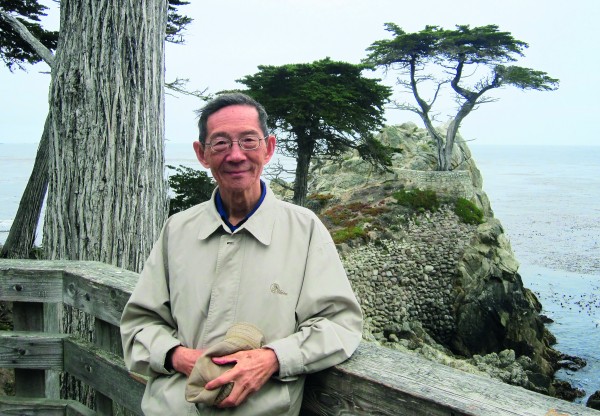
Classical Chinese Literary Theorist Chen Bohai
Inside Front Cover
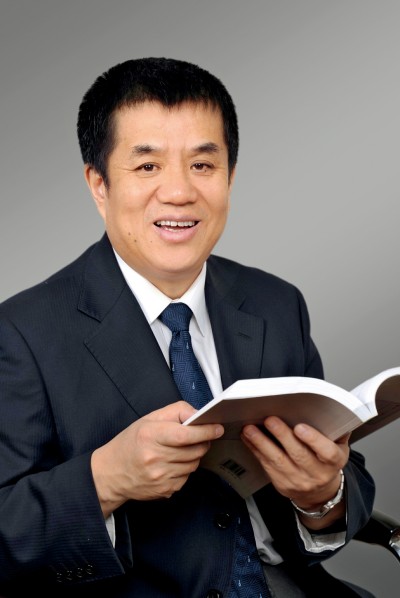
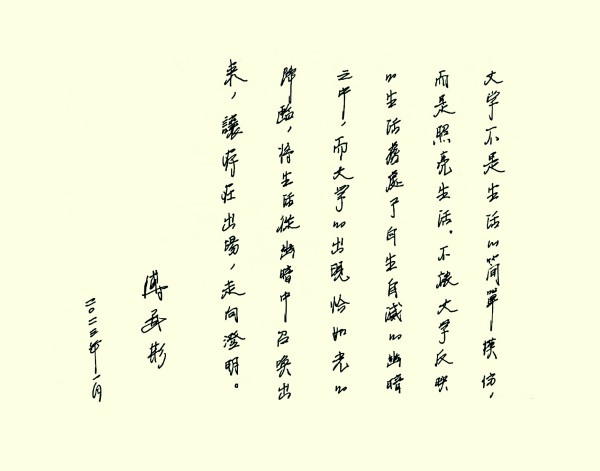
Chinese Literary Critics: LI Mingquan
Inside Back Cover
Review of Members of China Literature and Art Critics Association:Xinjiang Literature and Art Critics Association
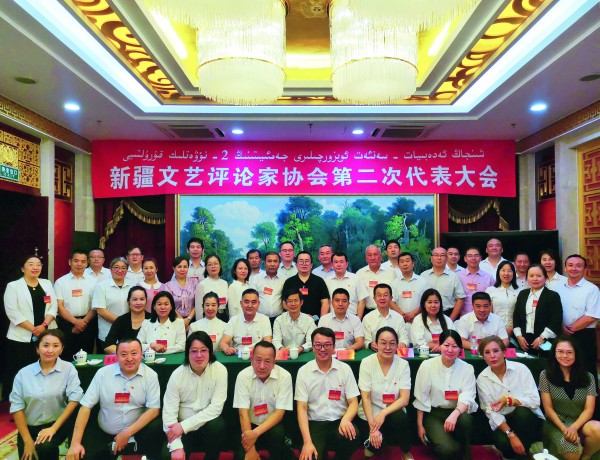
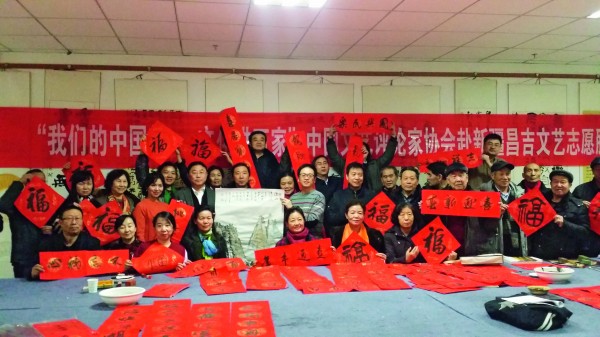
Back Cover
The Poster of the Yangtze River Literature and Art Forum
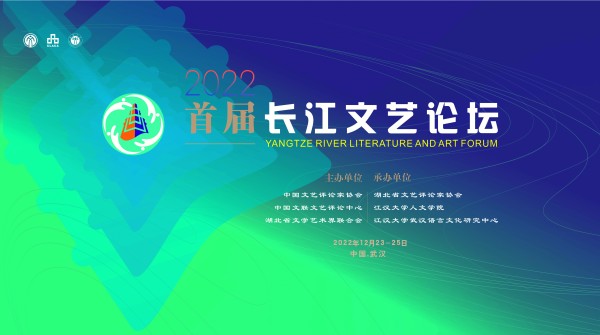
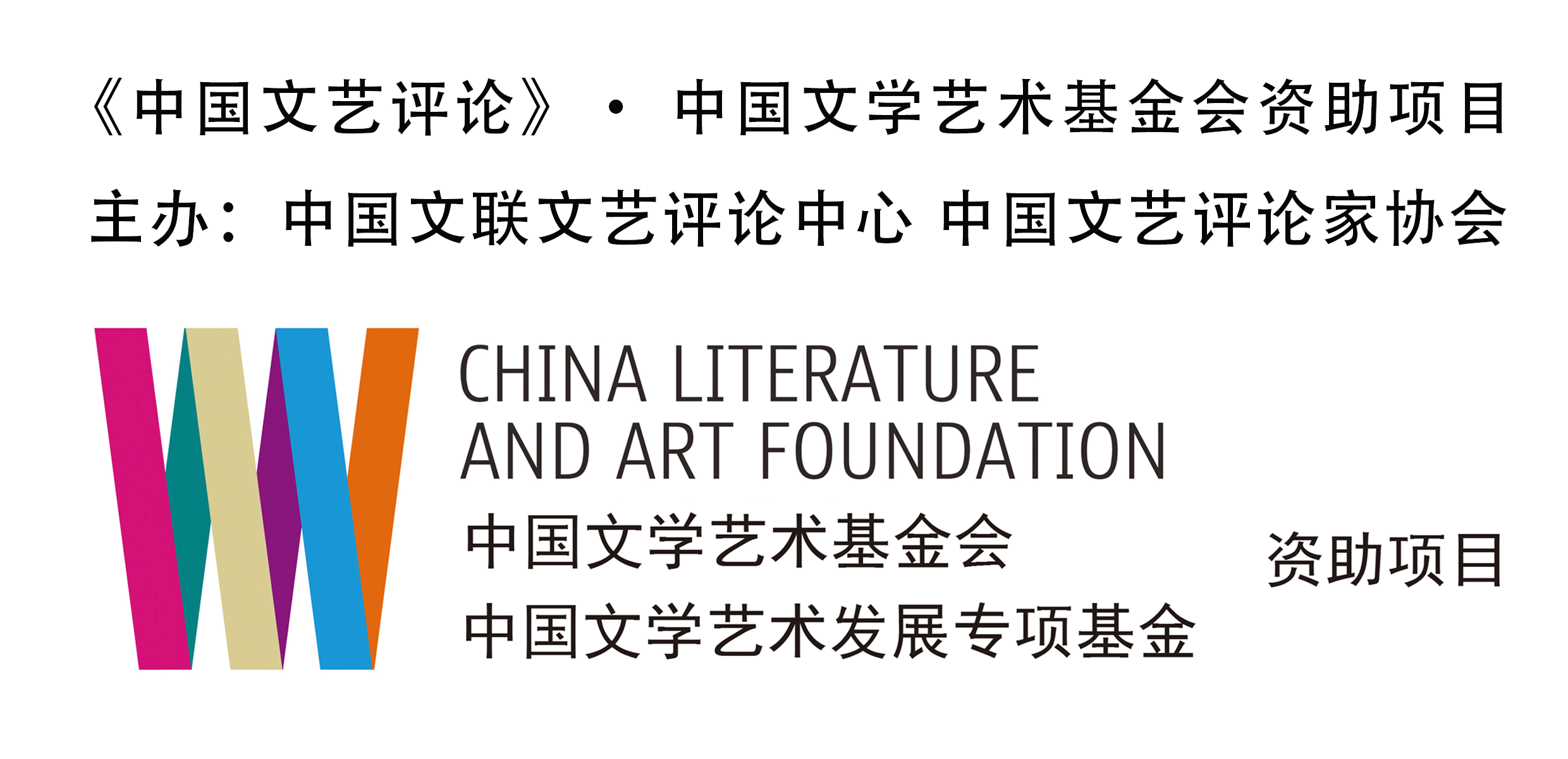

中国文艺评论网
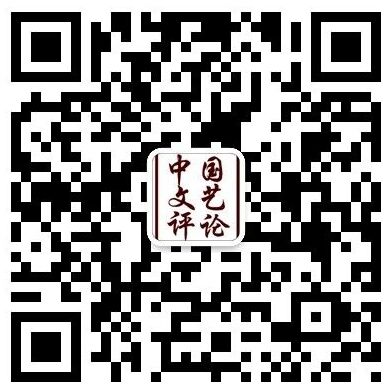
“中国文艺评论”微信公号

“中国文艺评论”视频号